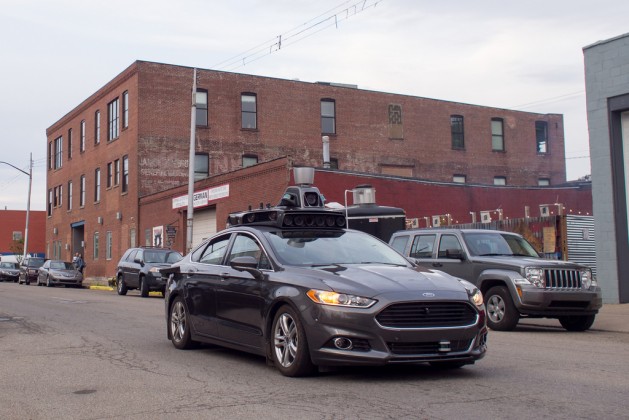
Imagine a world where you pull up an app on your phone and press a button. Within a few minutes, you hear the faint sound of spinning electric rotors, and a silver dot appears on the horizon. An unmanned drone slowly comes to rest on the shoulder of the road. It looks like the disembodied cab of a small car combined with a miniature helicopter. You climb inside the cab and buckle a two-point harness as the drone takes off into the air, depositing you a few blocks away at your destination.
Is the possibility of getting a lift in a UAV one that excites you? Uber, the most dominant ridesharing app in the world, is betting that it is.
Jeff Holden, product head at Uber, recently announced that the company is considering the possibility of developing a vertical take-off and landing vehicle that will be able to ferry passengers to their destinations. The concept of the vehicle itself is already quite a bit ahead of its time. An aircraft that can reliably use a computer program to reach a destination and carry passengers is something that hasn’t been realized, let alone one that would be commercially viable.
However, that isn’t slowing the rideshare company down. Holden declared confidently in an interview that he expected they would be able to develop and deploy that sort of vehicle within a mere ten years.
The idea and Holden’s bold pronouncement have been met with some understandable skepticism, but given the pace of technological advancement in drone technology, it isn’t outside the realm of possibility.
EHang, a Chinese drone company, has announced that it intends to begin testing a passenger carrying drone shortly, meaning that finding the right drone probably won’t be the biggest obstacle to Uber’s dream.
The device developed by EHang is probably not up to the task just yet, though. The four hundred pound craft can only carry a weight of around 260 pounds, meaning you won’t be able to pile in with your friends to go bar-hopping anytime soon, and the battery can only power it long enough for a 23-minute trip.
While the dream of an unmanned flying machine app is probably still at least a decade from being realized, Uber is banking on self-driving vehicles being a vital part of their business model a lot sooner than that.
In fact, if you live in Pittsburgh, you might have already taken an Uber that drove itself. The company launched a test fleet of self-driving cars in the city back in August.
Unfortunately for hopeful early adopters, the results weren’t great. A number of accidents have already been reported involving Uber’s autonomous vehicles. At the moment, most of the problem with self-driving cars like these seem to be the result of the oldest of obstacles to technological development, people.
Most of the recorded accidents were the result of people striking the cars. And Uber’s only officially reported accident was caused by someone bumping into a drone’s fender.
However, a video recently surfaced showing an Uber car turning the wrong way down a one-way street, requiring the passenger to dive for the steering wheel and get it back on track. Though the street was empty and no one was hurt, the possibility of a serious accident is definitely palpable in the video.
In spite of that minor hiccup, Uber remains confident that self-driving cars are the way of the future and is even partnering with a transport company to move the technology to the logistics industry.
The biggest opponents to the self-driving technology are probably Uber’s human drivers who, perhaps rightly, fear that their jobs will be eliminated if Uber moves fully to self-driving technology. And long-haul truckers must be looking at Uber’s development deals with logistics companies with a fair amount of apprehension.
It remains to be seen how soon driverless vehicle technology will actually be widely adopted, but it seems likely that Uber will continue to be on the cutting edge of the self-driving car movement.


